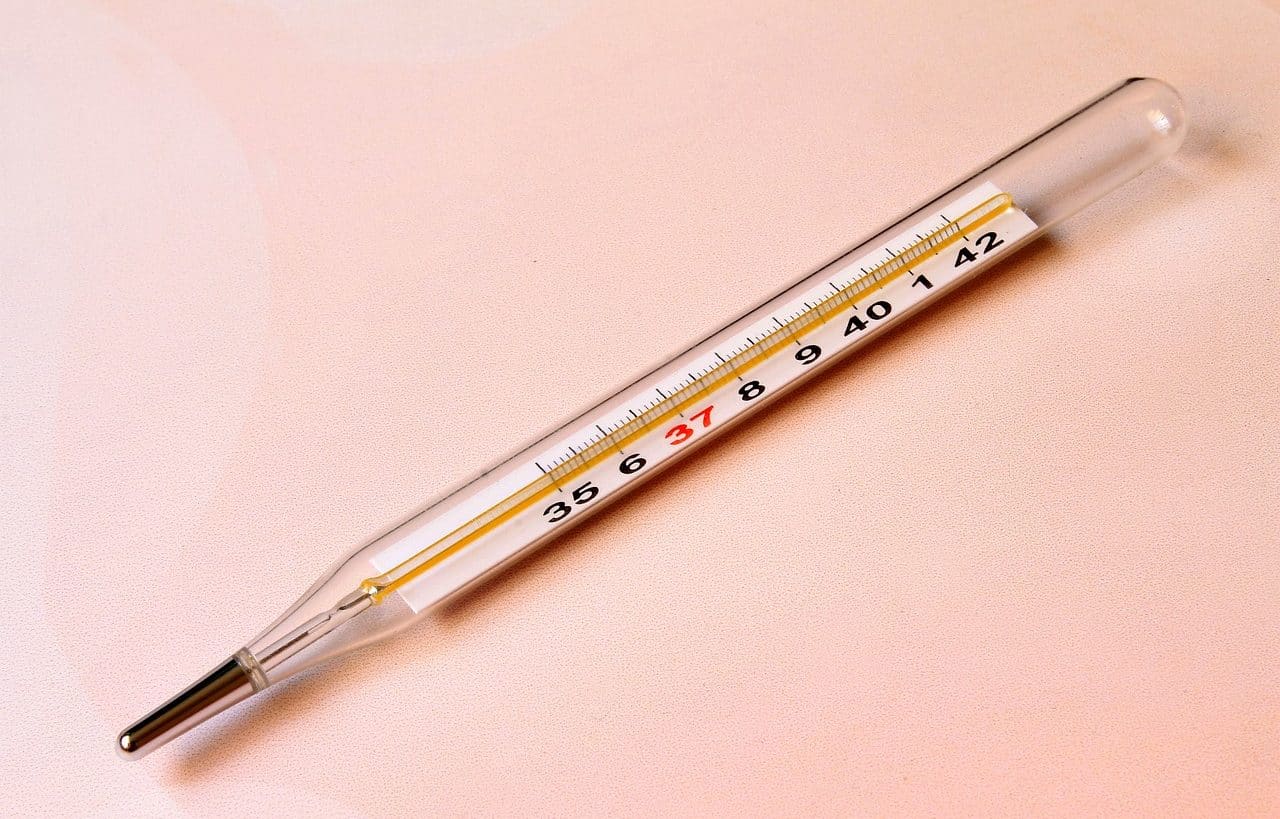
Heavy metals constitute a threat to the life and well-being of organisms since, in addition to not being able to be degraded, they bioaccumulate.
Heavy metals are the name given to certain high-density chemical elements that have metallic characteristics and are toxic to living beings, in addition to generating serious environmental problems.
It must be taken into account that, over time, the definition of heavy metal has responded to the evaluation of different criteria. Just as density has been put as a parameter, atomic weight , atomic number , toxicity level or certain chemical properties were also considered.
It is important to inform yourself about this topic and become aware of the effects and consequences that high concentrations of heavy metals produce in organisms. A fact that should not be ignored: since they are not biodegradable , the bioaccumulation process is inevitable, which increases the concentration of harmful substances inside people, animals and plants. This leads to various links in the food chain being damaged and the percentage of potential risk to human health increasing.
Examples of heavy metals
Examples of heavy metals abound, many of which affect humanity when expelled by erupting volcanoes.
Among the most toxic and well-known is mercury (Hg) , which is found naturally in the environment and in, for example, a type of thermometer . If this fragile instrument breaks, the mercury spills out and immediately requires careful operation to minimize the chances of victims of poisoning or intoxication from inhaling or touching mercury .
Lead (Pb) is another member of the group of heavy metals . It is very toxic and, at considerable levels, causes severe damage to the nervous system. Another element that can be very harmful is cadmium (Cd) , a heavy metal that, if inhaled or ingested in high doses, puts life in danger, affecting the stomach, lungs, kidneys, etc.
The list of heavy metals also includes arsenic (As) , polonium (Po) , chromium (Cr) , manganese (Mn) and bismuth (Bi) , to add more references.

It is advisable not to use mercury thermometers because, if they break, you will inevitably be exposed to this heavy metal which, being toxic, puts your health at risk.
Characteristics
Heavy metals , possibly dangerous elements that are present in the Earth's crust naturally but are also distributed in the environment as a result of mining or other industrial activities , are not biodegradable (that is, they cannot be destroyed or degraded naturally). and are frequently detected in multiple foods. There are traces of heavy metals even in drinking water .
Water treatment , a purification that is achieved with procedures and resources to eliminate contaminants and thus improve the quality of wastewater, allows reducing the amount of heavy metals or directly removing them.
As they bioaccumulate , it is common for living beings to have an increasing concentration of heavy metals in their tissues. When analyzing fish, to describe a specific case, variable amounts of mercury and lead are observed, among other elements. Grouper and swordfish usually present alarming percentages of mercury that exceed the maximum permissible limits established, specifically, by the World Health Organization (WHO) . The standards of this entity, a report indicates, were surpassed when appreciating the alarming concentration of heavy metals detected in more than fifty specimens belonging to fifteen species of fish that inhabit the Ecuadorian Amazon . Given the danger that heavy metals represent to human well-being, in the United States a group of legislators recently presented a bill aimed at regulating and restricting the amount of heavy metals in foods intended for babies and young children.

There are techniques and resources that make it possible to eliminate heavy metals present in water.
Types of heavy metals
Educating yourself about what types of heavy metals exist is relevant, for example, to be able to identify which trace or toxic element is responsible for certain symptoms.
It is interesting to know, in this context, that health professionals usually resort to the application of a therapy based on chelation (administering a synthetic amino acid intravenously) to ensure that the body eliminates heavy metals that have accumulated. inside in order to get rid of those toxins . By subjecting turtles, penguins, dolphins and other animals in the marine environment to studies (or analyzing their remains), meanwhile, the devastating consequences of heavy metal contamination are proven.
In this regard, it is necessary to make a difference between heavy metals essential for optimal functioning of the body (as long as they are received in adequate doses since they favor the development of biological processes) and heavy metals without an identified biological function (which is why are considered non-essential). The first group includes manganese , iron and, in a low proportion, copper (Cu) , while the second includes, for example, cadmium , lead and thallium (Tl) .
